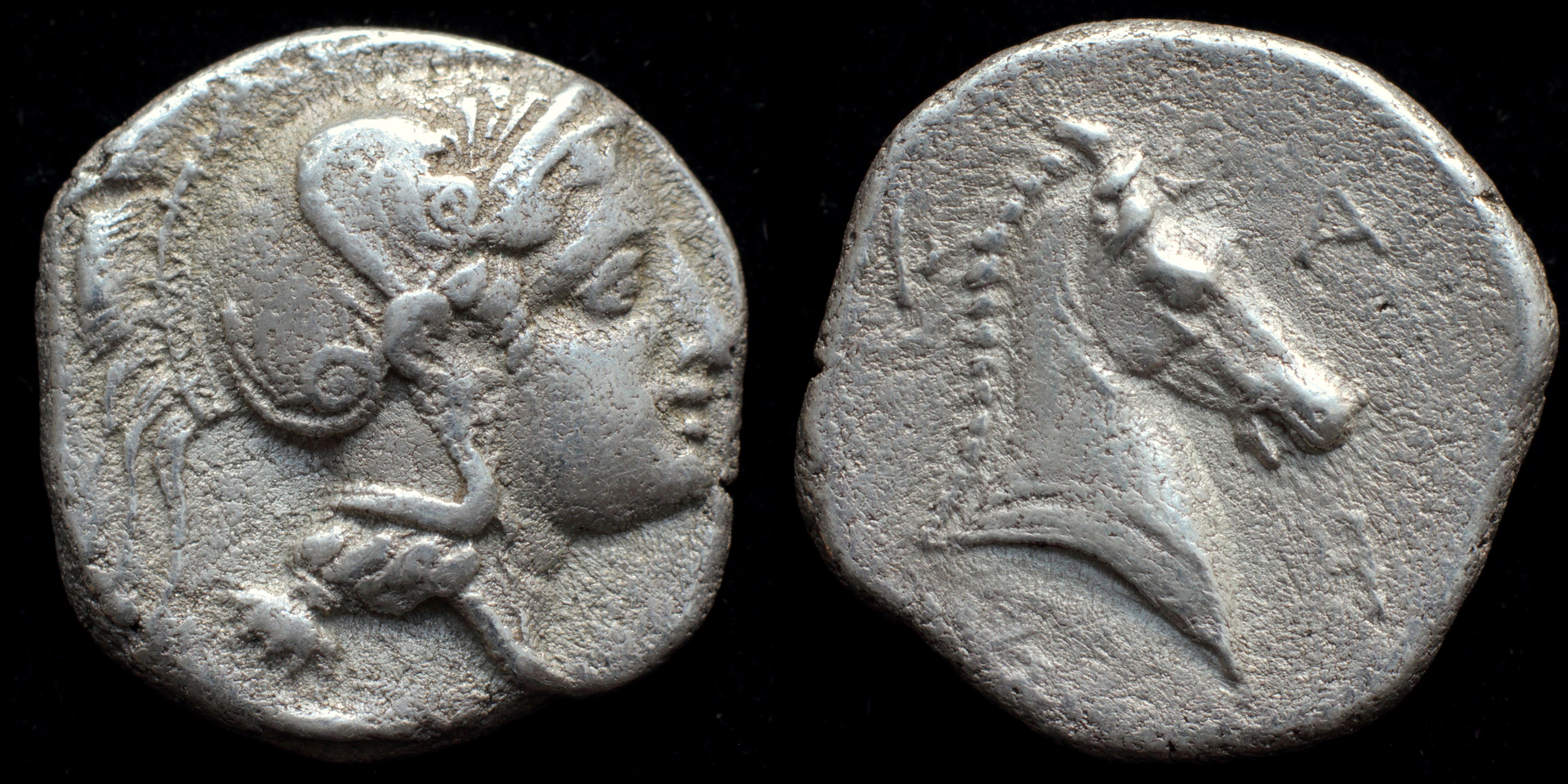Pharsalos was one of the main cities in Thessaly and was the capital of the Phthian tetrarch.
In the early 4th century BC, the city was a part of the Thessalian LEague. Later, it joined the Macedonian Kingdom under Philip II.
The area became a theatre of war where the Aetolians and the Thessalians clashed with the Macedonians, especially during the Second and the Third Macedonian Wars. After the defeat of the Macedonian Kingdom, Pharsalos and the whole area became a part of the Roman Republic.
he whole area suffered great destruction during the Roman Civil War. The Battle of Pharsalus, where Julius Caesar defeated Pompey and changed the course of the Roman Republic forever, took place in 48 BC in the fields of the Pharsalian Plain.
In the early 4th century BC, the city was a part of the Thessalian LEague. Later, it joined the Macedonian Kingdom under Philip II.
The area became a theatre of war where the Aetolians and the Thessalians clashed with the Macedonians, especially during the Second and the Third Macedonian Wars. After the defeat of the Macedonian Kingdom, Pharsalos and the whole area became a part of the Roman Republic.
he whole area suffered great destruction during the Roman Civil War. The Battle of Pharsalus, where Julius Caesar defeated Pompey and changed the course of the Roman Republic forever, took place in 48 BC in the fields of the Pharsalian Plain.
Modern location: Farsala, Greece
(1)
Pharsalos

An
AR
Hemidrachm
struck c. 450-400 BC
in
Pharsalos
Obverse: helmeted head of Athena right
Reverse: head of horse right; Φ A / P Σ
Diameter:
15 mm
Die Orientation: -
Weight: 2.87 g
Die Orientation: -
Weight: 2.87 g
No notes for this coin
Lavva 75 (V38/R44)
